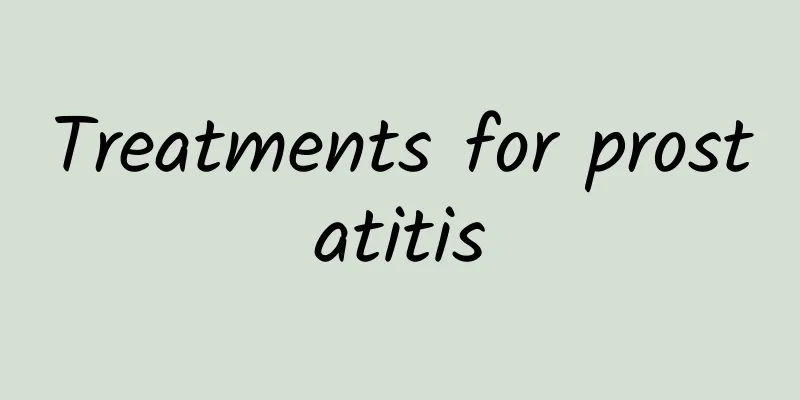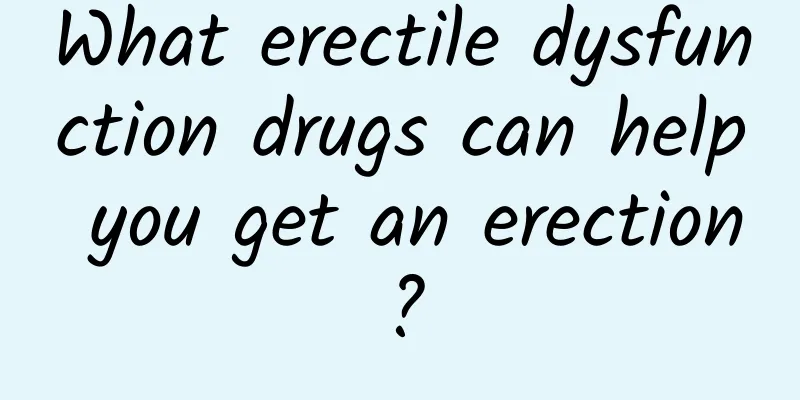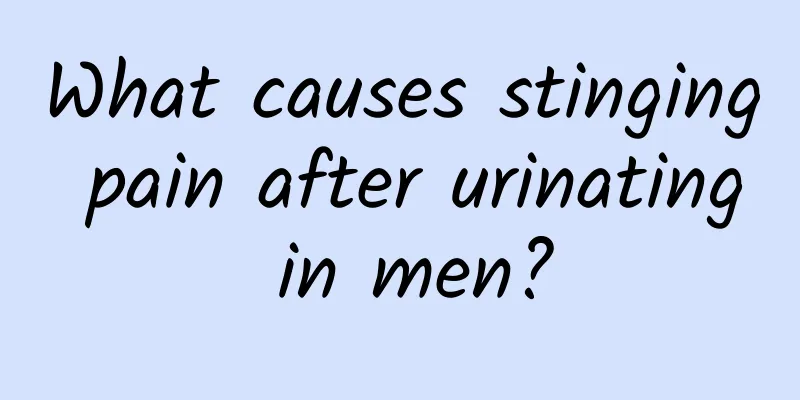Treatments for prostatitis

|
Prostate disease is a very common disease among men, and the incidence rate is also very high. There are many reasons for prostate disease, which may be related to the patient's hygiene problems or diet. No matter what the cause is, it needs to be treated as soon as possible. There are many ways to treat prostatitis, mainly depending on the method chosen by the patient. You may wish to take a look at the following knowledge. 1. Antimicrobial therapy Currently, quinolone drugs such as ofloxacin or levofloxacin are recommended. If ineffective, continue to use it for 8 weeks. If recurrence occurs and the bacterial species remains unchanged, switch to preventive doses to reduce acute attacks and relieve symptoms. If long-term use of antibiotics induces serious side effects, such as pseudomembranous colitis, diarrhea, and the growth of intestinal resistant strains, the treatment plan needs to be changed. Whether non-bacterial prostatitis is suitable for treatment with antibacterial drugs is still controversial in the clinic. Patients with "aseptic" prostatitis can also use drugs that are effective against bacteria and mycoplasmas, such as quinolones, SMZ-TMP or TMP alone, used in combination with tetracycline and quinolones or used intermittently. If antibiotic treatment is ineffective and it is confirmed to be aseptic prostatitis, antibiotic treatment should be discontinued. In addition, using a double balloon catheter to block the prostatic urethra and injecting antibiotic solution from the urethral cavity back into the prostatic duct can also achieve the purpose of treatment. 2. Anti-inflammatory and analgesic drugs Nonsteroidal anti-inflammatory drugs can improve symptoms. Generally, indomethacin is taken orally or in suppositories. Chinese medicine also has certain effects in using anti-inflammatory, heat-clearing, detoxifying, and hardness-softening drugs. Allopurinol can reduce the concentration of uric acid in the whole body and prostatic fluid. Theoretically, as a free radical scavenger, it can also remove active oxygen components, reduce inflammation, and relieve pain. It is an optional auxiliary treatment method. 3. Physical therapy Prostate massage can empty the concentrated secretions in the prostate duct and drain the infection focus in the obstructed area of the gland. Therefore, for stubborn cases, prostate massage can be performed every 3 to 7 days while using antibiotics. A variety of physical factors are used for prostate physiotherapy, such as microwave, radio frequency, ultrashort wave, medium wave and hot water sitz bath, which are beneficial for relaxing the prostate, posterior urethral smooth muscle and pelvic floor muscle, enhancing antibacterial efficacy and relieving pain symptoms. The above is information about the treatment of prostatitis, I believe it will be helpful to everyone. In fact, prostatitis is relatively easy to treat, but you must pay attention to good hygiene in life, because prostatitis is more likely to recur, so patients should pay attention to it and try to eat light food. |
<<: What is the best way to treat prostatitis?
>>: How to treat bacterial chronic prostatitis
Recommend
What foods can men eat to nourish the kidneys?
Kidney dysfunction is a problem faced by many men...
Is testicular cyst serious?
Testicles are very important to a man, because te...
There are small white particles under the penis skin
Men's andrological diseases often trouble men...
Sperm separation method
I believe that everyone is still not familiar wit...
Circumcision hematoma
In modern society, people are becoming more and m...
Is male vasectomy good?
The implementation of family planning has made ma...
What are the acupuncture points for male sexual function?
In addition to having a career in society, men al...
Male genital herpes pictures
When male genital herpes occurs, the area around ...
These five symptoms indicate you are depressed!
Studies have shown that people who stay in a spac...
Dangers of male sterilization surgery
There are certain differences between male steril...
What should I do if my husband urinates frequently and urgently?
Many women report that their husbands always go t...
Family assistance is crucial in postoperative care for cystostomy patients
I believe that many people are somewhat confused ...
Can hematospermia heal itself? What should I do if I encounter hematospermia?
Prostatitisxt-indent: 2em; text-align: left;"...
What are the ways for men to lose weight in their thighs?
Men are the backbone of the entire society, becau...
What kind of man should nourish the kidneys?
"Deficiency" may be a word that many me...









